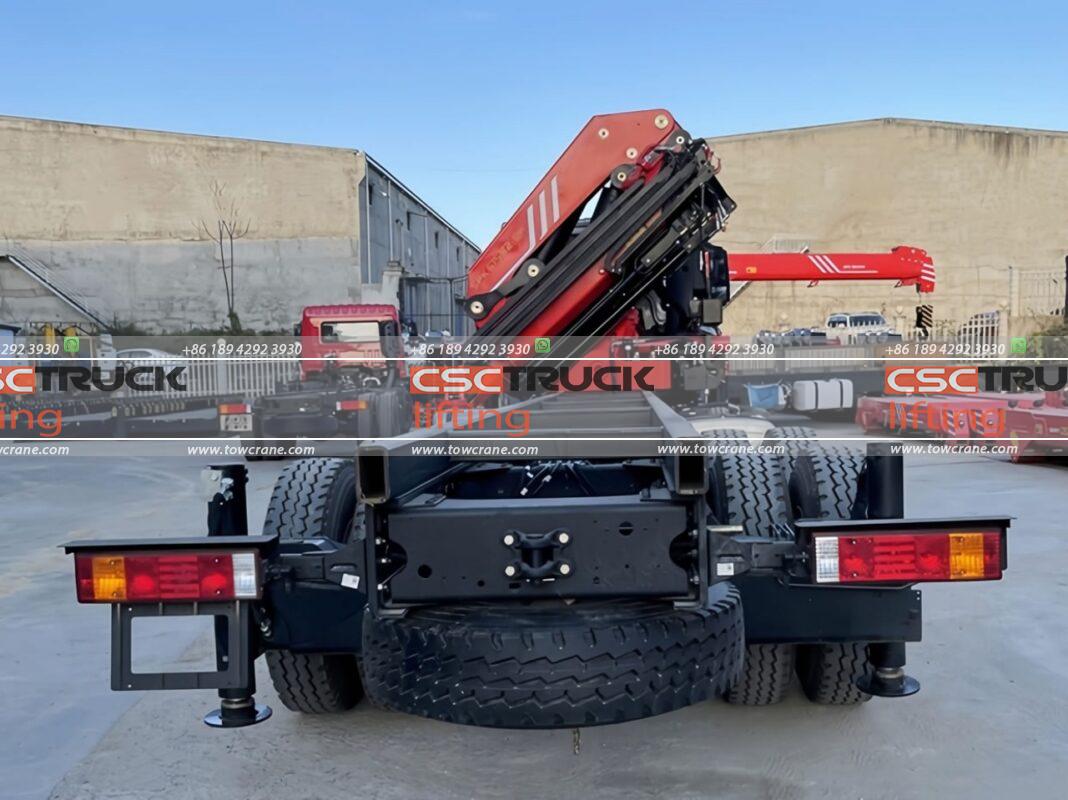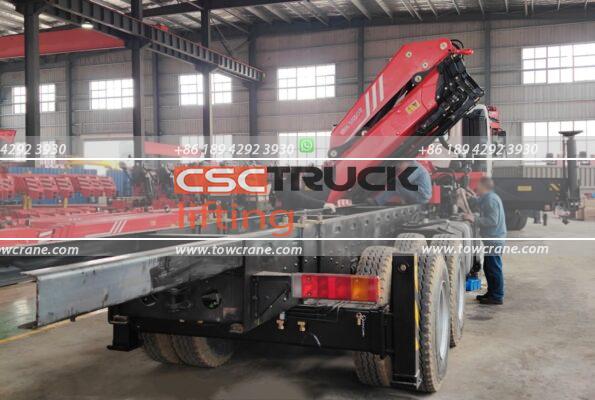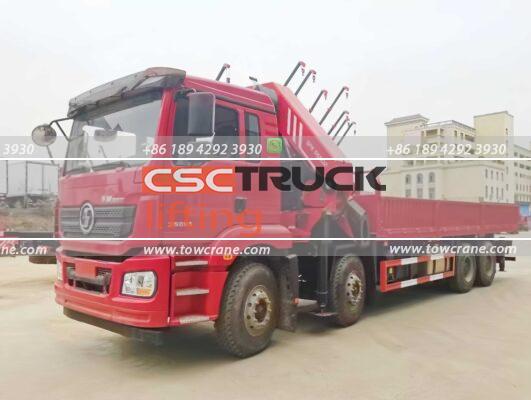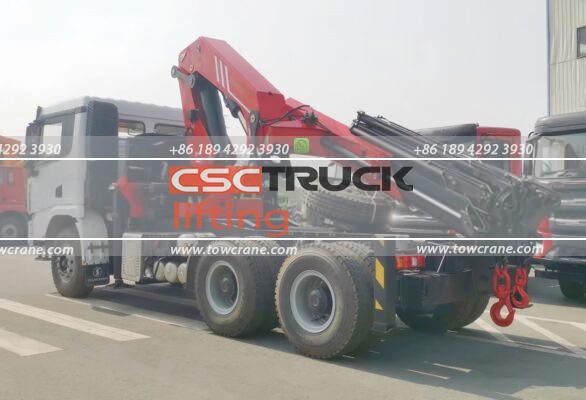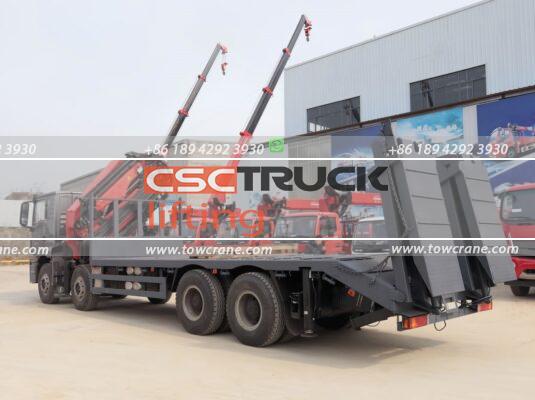Rollback tow trucks, also known as flatbed tow trucks or slide trucks, are a crucial component of the towing industry. Unlike traditional tow trucks that lift one end of the vehicle off the ground, rollback tow trucks feature a large flatbed that can be inclined and slid back to ground level, allowing vehicles to be driven or winched onto the bed. This article delves into the various aspects of rollback tow trucks, including their design and functionality, advantages, typical use cases, the life of a rollback tow truck operator, and their impact on the towing and recovery industry in America.
Design and Functionality of Rollback Tow Trucks
Key Components
Rollback tow trucks are designed with several key components that enable their unique functionality:
- Flatbed: The primary feature of a rollback tow truck is its flatbed, which can be hydraulically inclined and moved back to ground level. This allows for easy loading of vehicles.
- Hydraulic System: A robust hydraulic system powers the bed’s movements, enabling it to tilt and slide back and forth smoothly.
- Winch: Most rollback tow trucks are equipped with a powerful winch to pull non-operational vehicles onto the flatbed.
- Control Panel: Operators use a control panel, usually located on the side of the truck, to manage the bed’s movements and operate the winch.
Loading and Unloading Process
The loading process involves positioning the vilkikas close to the vehicle, tilting the bed to ground level, and using the winch (if necessary) to pull the vehicle onto the bed. Once the vehicle is secured, the bed is leveled and slid back into place. Unloading is essentially the reverse process, with the bed inclined again to allow the vehicle to roll off smoothly.
Advantages of Rollback Tow Trucks
Universalumas
Rollback tow trucks can handle a wide range of vehicles, including cars, SUVs, motorcycles, and even light trucks. This versatility makes them ideal for various towing and recovery scenarios.
Safety and Damage Prevention
The design of rollback tow trucks minimizes the risk of damage to the towed vehicle. Since the entire vehicle rests on the flatbed, there’s no stress on its wheels, suspension, or transmission, unlike traditional towing methods.
Efficiency
Loading and unloading vehicles onto a rollback tow truck is often quicker and more straightforward than using other tow truck types. This efficiency is particularly beneficial in busy urban areas or on highways where quick vehicle removal is essential for traffic flow and safety.
Specialized Applications
Rollback tow trucks are well-suited for transporting luxury or high-value vehicles that require extra care. Their flatbed design ensures these vehicles are transported without any part of them touching the ground, reducing the risk of damage.
Typical Use Cases
Accident Recovery
Rollback tow trucks are frequently used in accident recovery scenarios. They can easily transport damaged vehicles, regardless of their condition, ensuring they are moved safely from the accident scene to repair shops or impound lots.
Vehicle Transport
Rollback tow trucks are ideal for transporting vehicles over long distances. They are often used by car dealerships to deliver new vehicles to customers or transport vehicles between locations.
Breakdown Assistance
For vehicles that have broken down and cannot be driven, rollback tow trucks provide a reliable solution. They can tow vehicles with severe mechanical issues without causing further damage.
Law Enforcement and Impound
Law enforcement agencies and impound lots use rollback tow trucks to remove illegally parked or abandoned vehicles. The ability to quickly and safely load vehicles makes these tow trucks a preferred choice in such situations.
The Life of a Rollback Tow Truck Operator
Training and Skills
Rollback tow truck operators require specialized training to operate these vehicles safely and efficiently. This training includes:
- Hydraulic System Operation: Understanding how to operate the hydraulic system to tilt and slide the flatbed.
- Winch Handling: Learning to use the winch to pull vehicles onto the bed without causing damage.
- Safety Protocols: Adhering to safety protocols to ensure the safety of the operator, the vehicle, and other road users.
- Customer Service: Developing strong customer service skills to handle interactions with vehicle owners, especially in stressful situations like accidents or breakdowns.
Daily Challenges
Rollback tow truck operators face numerous challenges in their daily work:
- Traffic and Road Conditions: Navigating through traffic and dealing with various road conditions can be challenging, especially when loading or unloading vehicles on busy roads.
- Weather: Inclement weather conditions, such as rain, snow, or extreme heat, add another layer of difficulty to the job.
- Physical Demands: The job can be physically demanding, requiring operators to manage heavy equipment and sometimes manually assist in loading vehicles.
Job Satisfaction and Rewards
Despite the challenges, many rollback tow truck operators find their work rewarding:
- Helping Others: The ability to assist people in distress, whether they’re stranded due to a breakdown or involved in an accident, provides a sense of fulfillment.
- Variety: The job offers variety, with each day presenting different situations and challenges.
- Job Security: The constant need for towing and recovery services ensures steady demand for skilled operators.
Impact on the Towing and Recovery Industry
Enhanced Safety Standards
Rollback tow trucks have contributed to higher safety standards in the towing industry. Their design reduces the risk of damage to towed vehicles, leading to fewer claims and disputes between towing companies and vehicle owners.
Increased Efficiency
The efficiency of rollback tow trucks in loading and unloading vehicles has streamlined many towing operations, reducing the time vehicles spend on the roadside and improving traffic flow in busy areas.
Professionalism
The use of rollback tow trucks has elevated the professionalism of the towing industry. Operators are often seen as skilled professionals who provide essential services, improving the industry’s overall image.
Economic Impact
The towing and recovery industry, supported by vehicles like rollback tow trucks, plays a significant role in the economy. It supports related industries such as auto repair shops, insurance companies, and vehicle auctions.
Future Trends and Developments
Technological Advancements
The future of rollback tow trucks will likely see continued technological advancements, įskaitant:
- Automated Systems: Increased automation in the hydraulic systems to improve precision and ease of use.
- Telematics: Integration of telematics for better fleet management, allowing operators to track and manage their vehicles more effectively.
- Electric Tow Trucks: As the automotive industry moves towards sustainability, the development of electric rollback tow trucks could become more prevalent, reducing the industry’s carbon footprint.
Enhanced Training Programs
As the complexity of vehicles increases, enhanced training programs for rollback tow truck operators will be essential. These programs will ensure operators are equipped with the latest knowledge and skills to handle new vehicle technologies safely.
Regulatory Changes
Changes in regulations may also impact the towing industry, with potential new standards for vehicle recovery operations, safety protocols, and environmental considerations.
Išvada
Rollback tow trucks are indispensable assets in the towing and recovery industry, offering versatility, safety, and efficiency in vehicle transport. Their ability to handle a wide range of scenarios, from accident recovery to luxury vehicle transport, makes them a preferred choice for many towing operations.
The life of a rollback tow truck operator, though challenging, is filled with opportunities for job satisfaction and professional growth. Technologijoms toliau tobulėjant, the future of rollback tow trucks looks promising, with advancements that will further enhance their functionality and sustainability.
In summary, rollback tow trucks are vital for maintaining order and safety on the roads, providing essential services that support motorists, law enforcement, and the broader economy. Their role in the towing and recovery industry is set to continue growing, adapting to new demands and technological innovations, ensuring they remain a critical part of America’s transportation infrastructure.

